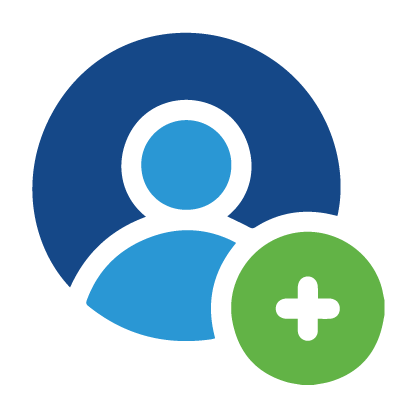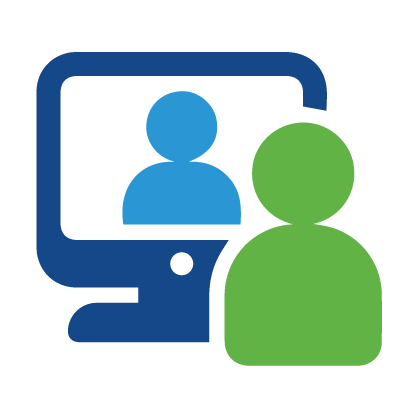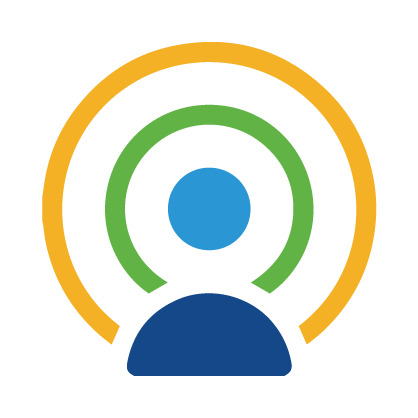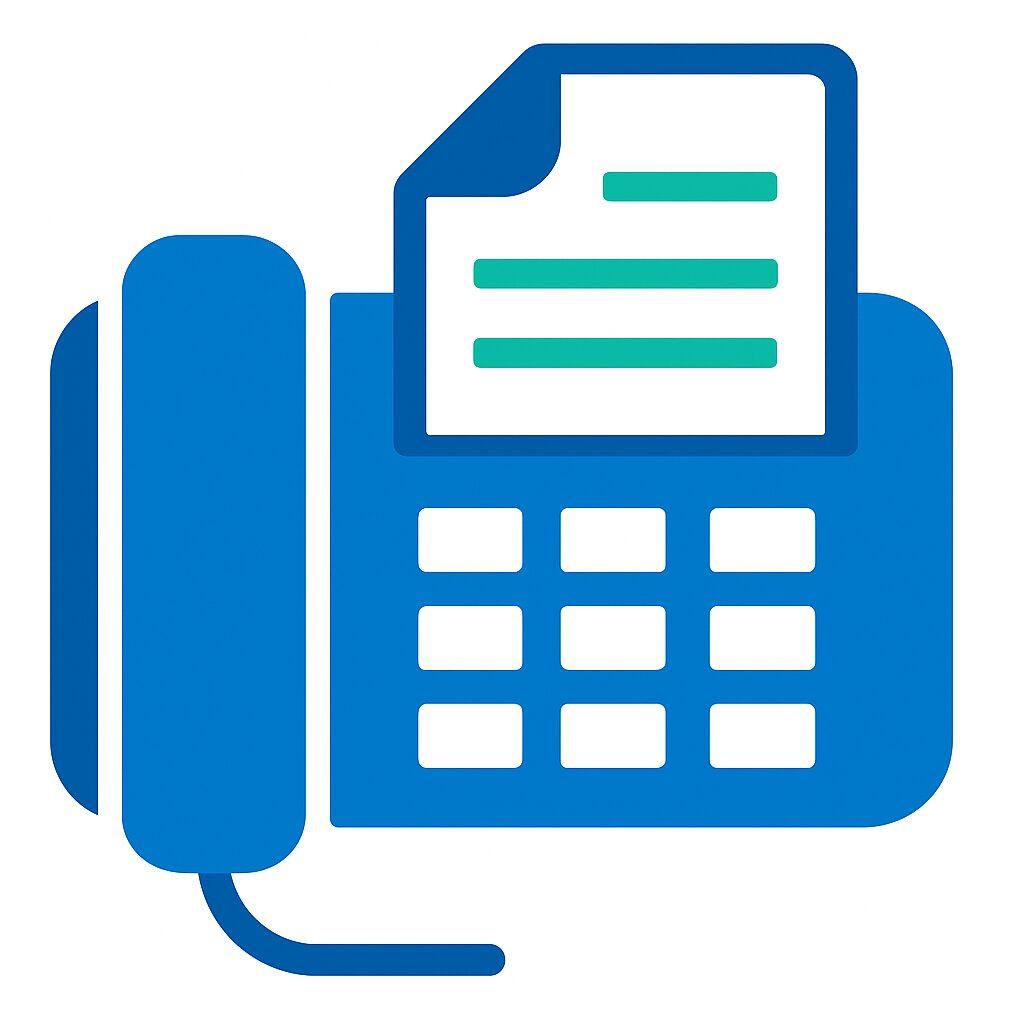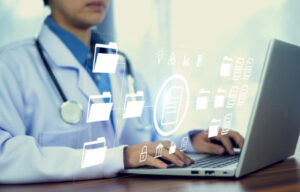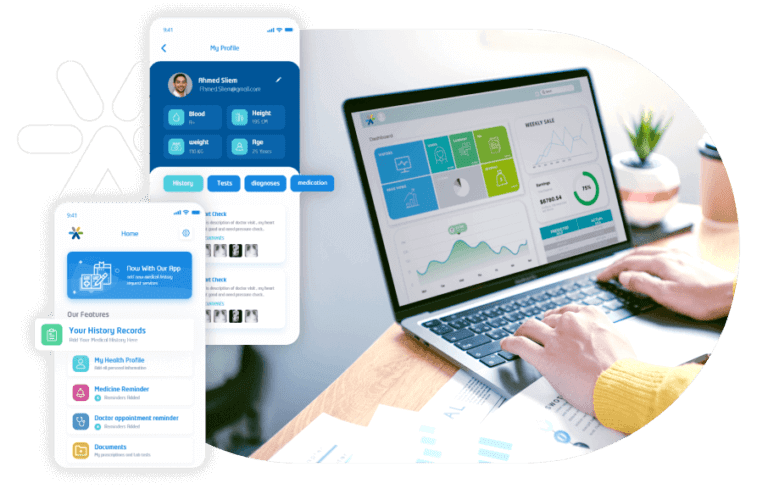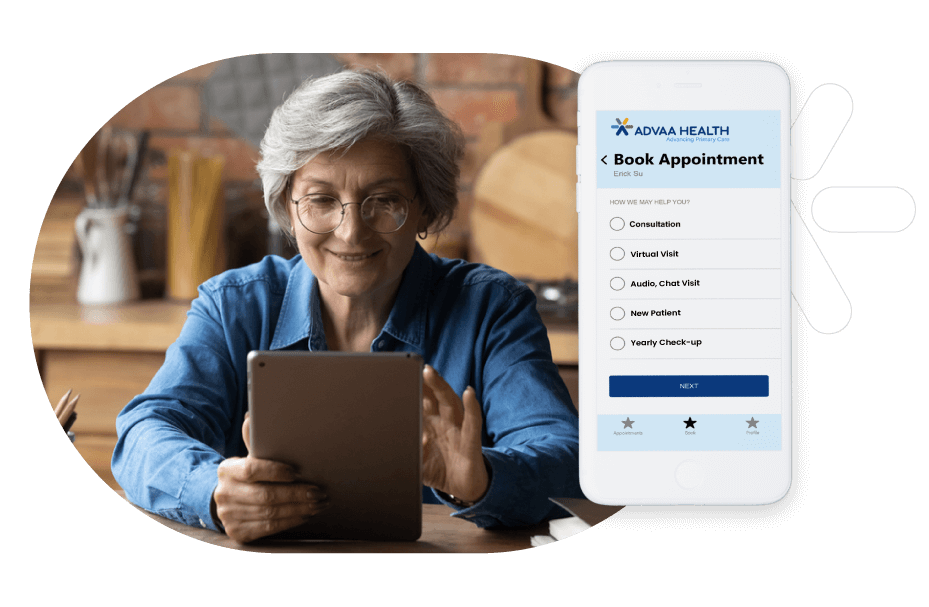As primary care practices in the U.S. face increasing challenges in managing patients with chronic conditions, maintaining continuous, high-quality care can be difficult. Limited appointment times, frequent hospitalizations, and gaps between office visits often result in subtle health changes going unnoticed.
Remote Patient Monitoring (RPM) has emerged as a powerful solution to bridge this gap. By leveraging the right remote patient monitoring software, primary care practices can stay connected to patients beyond clinic walls—improving outcomes and reducing avoidable hospital visits.
What is Remote Patient Monitoring?
Remote Patient Monitoring (RPM) refers to using connected medical devices and digital platforms to collect patient health data outside the clinic. This data is securely transmitted to physicians for review and action.
Unlike traditional care that relies solely on office visits, a reliable remote patient monitoring system allows primary care practices in the U.S. to shift from reactive care to preventive, proactive care.
Key advantages for physicians:
- Continuous oversight of patient health
- Early detection of complications
- Stronger patient engagement and compliance
How Remote Patient Monitoring Systems Work in Primary Care
An effective remote patient monitoring system integrates patient devices with a centralized digital platform.
Typical Workflow:
- Patients receive monitoring devices such as blood pressure cuffs, glucose meters, or pulse oximeters.
- Devices transmit readings via Bluetooth or cellular networks.
- Data flows into a remote patient monitoring platform linked to the physician’s EHR.
- Alerts are triggered if readings fall outside physician-defined thresholds.
This system allows primary care teams to monitor multiple patients simultaneously, prioritize those at higher risk, and intervene before complications arise.
Are Remote Patient Monitoring Services Part of Telehealth?
Yes. Remote patient monitoring services are classified under telehealth but differ in timing:
- Telehealth (synchronous): Real-time video or audio visits.
- Remote Patient Monitoring (asynchronous): Continuous data collection reviewed later; physicians respond as needed.
CMS (Centers for Medicare & Medicaid Services) recognizes RPM as a reimbursable telehealth service, providing financial opportunities for U.S. primary care practices.
Common Remote Patient Monitoring Devices
Effective remote patient monitoring devices rely on devices tailored to chronic disease management:
| Device | Purpose |
| Blood Pressure Monitors | Hypertension management |
| Glucose Meters | Diabetes care |
| Pulse Oximeters | COPD, asthma, post-COVID |
| Digital Weight Scales | Heart failure monitoring |
| Wearable ECG Devices | Arrhythmia & cardiac conditions |
Connected to a remote patient monitoring platform, these devices provide actionable insights that improve physician decision-making.
The Future of Direct Primary Care is Here
Experience Advaa Health – Get a Demo ⇒
Remote Patient Monitoring Systems for Cardiology
Congestive Heart Failure (CHF) is a leading cause of readmissions in U.S. hospitals. Subtle signs—like weight gain or oxygen saturation drops—can be missed between visits.
Using a remote patient monitoring system for CHF allows physicians to track:
- Daily weight
- Oxygen levels
- Blood pressure
Early intervention can reduce hospitalizations, prevent ER visits, and boost patient confidence in managing care at home.
Read more: Remote Patient Monitoring in Cardiology—Improving Outcomes and Navigating Reimbursement
Benefits of Remote Patient Monitoring for Physicians
From a primary care physician’s perspective, RPM offers:
- Early Detection of Health Issues – Identify complications before emergencies arise.
- Better Chronic Care Management – Improve control of hypertension, diabetes, and CHF.
- Reduced Hospitalizations – Lower preventable ER visits.
- Higher Patient Engagement – Patients remain motivated and accountable.
- Time Efficiency – Focus on high-risk patients using real-time data.
- Sustainable Reimbursement – CMS reimbursement codes for remote patient monitoring services support practice revenue.
For patients, RPM provides peace of mind that their physician is continuously monitoring their health.
Why U.S. Primary Care Physicians Should Adopt RPM
Remote patient monitoring is more than technology—it’s a shift in primary care delivery. By leveraging remote patient monitoring software, platforms, and solutions, physicians can:
- Strengthen patient relationships
- Improve chronic care outcomes
- Reduce preventable hospitalizations
- Ensure financial sustainability through reimbursement opportunities
Adopting remote patient monitoring solutions helps practices move from reactive to proactive care, aligning with today’s healthcare expectations.
Conclusion
Remote Patient Monitoring is redefining U.S. primary care. For physicians, it’s an opportunity to deliver patient-centered care, enhance outcomes, and streamline practice operations.
With the right remote patient monitoring system, primary care practices can reduce administrative burden, strengthen physician-patient relationships, and embrace a truly proactive care model.

